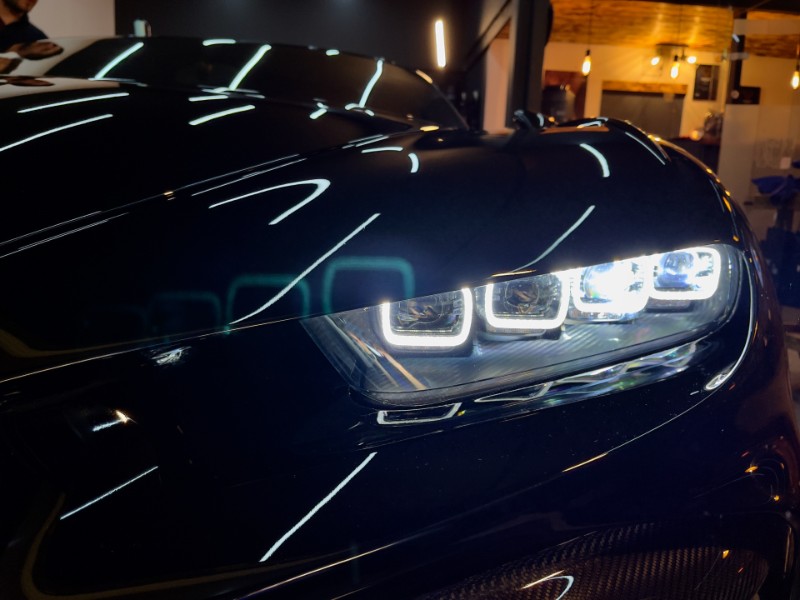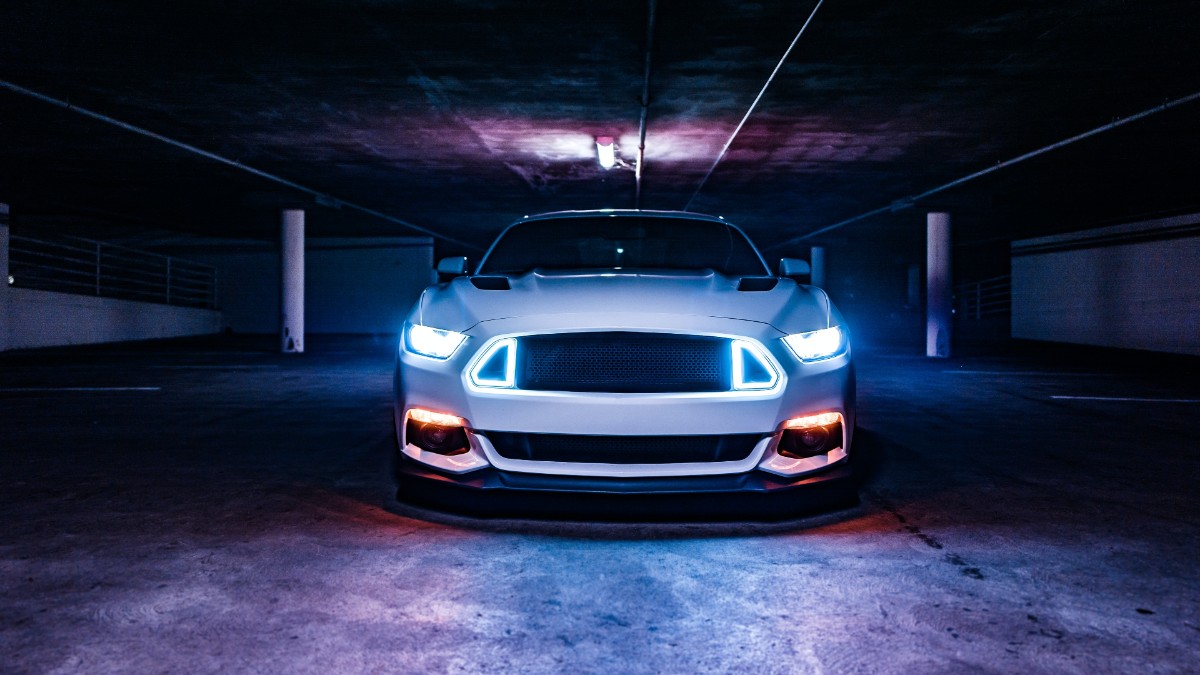Every car owner understands the importance of headlights for nighttime driving. Your headlight should be bright enough to make you visible and illuminate your way but just how bright should they be? We look into this in this article.
Car headlights can have lumens anywhere between 500 to 3000 lumens according to the regulations in many countries.
If the headlight of a car exceeds 3,000 lumens, then chances are it will be too bright and potentially blind other drivers. So, while it is important to have bright headlights, the headlight must not be too bright.
Lumen, The Measure Of Brightness
Just like miles or kilometers are used to measure distance, seconds for time, and so on, there’s a way the brightness from a bulb is measured and this is lumens. Lumens means how much light you are getting from the higher the lumen rating of a bulb, the brighter the light produced will be.
Another term you may come about when it comes to bulbs is Candela which tends to be used interchangeably with a lumen. But candela and lumen are not the same. While lumen is a measure of brightness, candela is a measure of luminous intensity or in plain grammar, the amount of light a light source emits in a particular direction.
How Bright Should Your Headlights Be?
Many countries have federal and state regulations about how bright car headlights should be. In most countries, the minimum lumen a car headlight should have is 500 lumens while the maximum is 3000 lumens. It’s important you research the local regulations in your area and ensure that any car you intend to buy has headlights that meet these regulations. If you are replacing your headlight for any reason, the new headlight should also meet legal requirements.
As mentioned earlier, many states have their legal limits on headlight brightness and this is usually due to local climate. Areas that experience a lot of snow tend to benefit more from brighter headlights while the opposite may be true for areas with warmer climates. So, this is why even though there are Federal regulations about headlights, many states still come up with their regulations.
Bright Headlights, Benefits, And Potential Shortcomings
Having brighter headlights offer many significant benefits and the most obvious one is increased illumination in the dark or at night. This improves the safety of the driver and that of other road users. Some headlights are bright enough to make a pitch-black road look like daytime. Visibility is significantly improved and the road is safer for everybody.
Since most bright headlights in the market, today are essential LED lights, they also have the benefits of consuming less power while lasting longer.
But are there drawbacks to super bright headlights? The answer is yes as super bright headlights that are over 3000 lumens produce an intensely bright light that can momentarily blind a driver. This can provide a second or two of temporary ‘blindness’ making the driver unable to react quickly to prevent an accident. It’s no surprise that super-bright headlight is one of the leading causes of traffic accidents, especially at night.
The simplest way to know if your headlights are too bright is to check their lumen ratings. For headlights that come with your car, you only need to check the owner’s manual for their lumen rating. If it is an aftermarket headlight, check the lumen rating of the headlight before installing it.

Should You Upgrade Your Headlights?
Many drivers don’t give their headlights much thought and will only replace them when they get spoilt or start to malfunction. But you should wait until your headlights burn out before you replace them. Whenever you take your car to the mechanic for maintenance, ask them to inspect your headlight. This is the best way to know the condition of your vehicle’s headlight and avoid driving at night if your headlights are faulty or malfunctioning. And when it is time to replace your bulbs, you should ideally replace them in pairs to ensure their beams are evenly matched in strength and direction.
People may also replace their headlights for other reasons such as:
- If the stock headlights aren’t bright enough or suspected to be substandard.
- When beams become uneven or shaky. This is usually caused by a lot of off-road driving or driving on bad roads.
- Make the car look better as a pair of new headlights can do wonders for a car’s appearance.
Types Of Car Headlights
There are three main types of car headlights and they include halogen, xenon, and LED lights. We’ll discuss each of these lights below.
Halogen Lights
Most stock headlights, even for many modern cars, are halogen headlights thanks to their affordability. Halogen lights are also easy to use and they work by passing electricity through a thin tungsten filament to light the bulbs. As a result, halogen headlights tend to produce a bit of heat.
Halogen headlights are increasingly reducing in popularity due to the emergence of other more energy-efficient options.
Xenon (HID) Headlights
Xenon headlights, also referred to as High-Intensity Discharge (HID) lamps, were popular in the last decade, especially in high-end cars due to the premium and stylish look they have. Compared to halogen lights, xenon lights are brighter, last longer, and are more energy-efficient. HID headlights are filled with Xenon gas that is ignited to produce a white bright light.
LED Headlights
Auto manufacturers now prefer LED headlights to halogen as they are brighter and last longer, although they are more expensive than halogen lights. LEDs are also a cheaper alternative to HIDs although the latter produce a brighter and more intense light.
LED lights produce illumination by passing an electric current through a microchip which then emits light in a particular direction. One of the main reasons behind the popularity of LED light fixtures is their energy efficiency. They require less energy to function while generating less heat. It must also be mentioned that LED headlights are very versatile meaning they can be used for different types of light fixtures.

